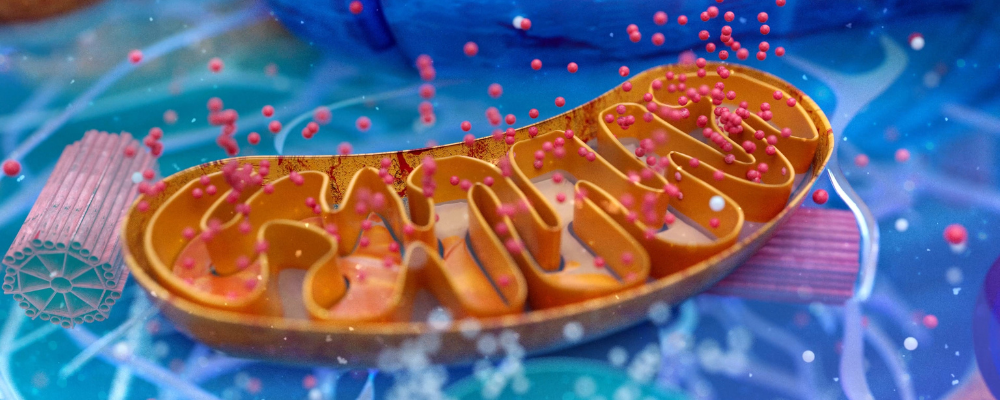
Placental and fetal brain interfaces: How effective are they in protecting against drugs and toxins?
Professor Norman Saunders (Monash University, Australia), Dr Helen Stolp (Royal Veterinary College, London, UK), Professor Amanda Sferruzzi-Perri (Cambridge University, UK) and Professor Jean-François Ghersi-Egea (Lyon Neuroscience Research Centre, France)
Leading scientists will gather at Royal Veterinary College, London on 15 – 16 April 2025 to discuss the current knowledge on maternal-fetal drug and toxin exposure. The scientific programme meeting organisers, Professor Norman Saunders (Monash University, Australia), Dr Helen Stolp (Royal Veterinary College, London, UK), Professor Amanda Sferruzzi-Perri (Cambridge University, UK) and Professor Jean-François Ghersi-Egea (Lyon Neuroscience Research Centre, France), tell us more about the research in this new field and their hope that the meeting could lead to revised policies and clinical management of pregnant women and their babies.
Pregnant women are exposed to a wide range of compounds for which there is little or no evidence on the possibility of adverse or beneficial effects on their fetuses and offspring. These include drugs taken for clinical conditions including epilepsy or depression (Briggs et al. 2021); for recreational purposes, such as cannabis (Goodwin et al. 2021); drugs of addiction (Ross et al. 2015); through self-medicating with a range of products including analgesics such as paracetamol (Nilsen et al. 2023) and “herbal” medicines. Pregnant women may also be exposed to a number of toxins in the environment or ingested in food (Denuziere, Ghersi-Egea, 2022).
There are over 1,200 drugs prescribed to pregnant women (Briggs et al., 2021), yet there is almost no evidence from clinical trials on impacts these may have on the unborn child that is available to clinicians and their patients. Until recently, such trials were considered unethical, although are now under discussion by the FDA (Green et al., 2021). This is paramount as currently, clinicians rely on experience, national databases (e.g. see Innovative Health Initiative, 2023) and guidance from up-to date reports on child and maternal outcomes of women prescribed drugs during pregnancy (Briggs et al., 2021). Lack of adequate research and need for a substantial increase in support for a poorly funded field has been well documented by Couzin-Frankel (2022). All fields complain about inadequate funding. Given the problem of providing safe, well documented advice to pregnant women is one that affects a very large proportion of the world’s population, the increasing calls from researchers, patients and their advocate groups seems particularly well founded.

Current effort in the area to fulfil these critical knowledge gaps come through studies in pregnant experimental animals (Huang et al., 2023; Fitzpatrick et al., 2024) which enable pharmacokinetic studies alongside assessments of impacts on maternal, placental and fetal physiology. Studies of placental drug transfer in patients mainly involve perfusion of isolated placenta and various model systems (Hudson et al., 2023). There is little information on entry of drugs into human fetal or postnatal brain and effects on brain development and function. Recent research uses functional imaging of brains of infants of pregnant women (França et al., 2024); where the drug history of patients is available this gives the possibility of determining effects of maternally ingested drugs on brains of their infants.
There are research reports, mainly epidemiological, claiming effects of drugs on brain development, function and behaviour in the postnatal period (e.g. acetaminophen/paracetamol, Nilsen et al., 2023; anti-seizure medications, Knight et al., 2021). However, epidemiological data only establish associations and some papers have been reported in the media and can cause alarm in pregnant women. There is therefore an urgent need for more research on the mechanisms of these possible problems, so that the advice to pregnant women is based on a sound evidence base.
Exposure to environmental toxicants in pregnancy and neonatal life is a recognised important risk factor for neurodevelopmental diseases in the child (Denuziere, Ghersi-Egea 2022). Despite this, understanding of how heavy metals, persistent industrial organic residues, organic pesticides and carcinogenic combustion products specifically impact the developing brain of the fetus and newborn is limited. Data on exposure levels, the protective functions of the placenta and brain barriers are also lacking.
The two-day Physiological Society meeting “Placental and Fetal Brain Interfaces: How Effective Are They in Protecting Against Drugs and Toxins?” on 15-16 April 2025 brings together leading scientists in this new diverse field. The aims are to bring attention to the field, attract new researchers, particularly early-career researchers and promote new collaborations that centre on improving fundamental understanding.
References
Briggs CG et al. (2021). Drugs in Pregnancy and Lactation: A Reference Guide to Fetal and Neonatal Risk. 12th Ed. Lippincott Williams & Wilkins (LWW).
Couzin-Frankel J. (2022). The Pregnancy Gap. Science 375(6586): 1216-1220. doi: 10.1126/science.adg1899.
Denuzière A, Ghersi-Egea JF (2022). Cerebral concentration and toxicity of endocrine disrupting chemicals: The implication of blood-brain interfaces. Neurotoxicology. 2022 Jul;91:100-118. doi: 10.1016/j.neuro.2022.04.004.
Fitzpatrick G, et al. (2024). Entry of cannabidiol into the fetal, postnatal and adult rat brain. Cell Tissue Res. 396(2):177-195. doi: 10.1007/s00441-024-03867-w.
França LGS et al. (2024). Neonatal brain dynamic functional connectivity in term and preterm infants and its association with early childhood neurodevelopment. Nat Commun. 15(1):16. doi: 10.1038/s41467-023-44050-z.
Goodwin RD et al. (2021) Trends in cannabis use among adults with children in the home in the United States, 2004-2017: impact of state-level legalization for recreational and medical use. Addiction 116:2770-2778. doi:10.1111/add.15472.
Green DJ et al. (2021) Regulatory Considerations for the Mother, Fetus and Neonate in Fetal Pharmacology Modeling. Front Pediatr. 9:698611. doi: 10.3389/fped.2021.698611.
Huang Y et al. (2023). Entry of olanzapine, into the developing rat brain in mono- and combination therapies. F1000Res. 11:1417. https://doi.org/10.12688/f1000research.128074.2.
Hudson RE et al. (2023). Drug exposure during pregnancy: Current understanding and approaches to measure maternal-fetal drug exposure. Front Pharmacol. 14:1111601. doi: 10.3389/fphar.2023.1111601.
Innovative Health Initiative (2023).https://www.ihi.europa.eu/news-events/newsroom/faster-and-better-quality-information-pregnant-women-regarding-medications
Jantzie LL et al. (2020) Prenatal opioid exposure: The next neonatal neuroinflammatory disease. Brain. Behav. Immun 84:45-58. doi: 10.1016/j.bbi.2019.11.007.
Knight R et al. (2021) Neurodevelopmental outcomes in children exposed to newer antiseizure medications: a systematic review. Epilepsia 62:1765–1779. doi: 10.1111/epi.16953.
Nilsen K et al. (2023) Paracetamol use in pregnancy: not as safe as we may think? Acta Obstet. Gynecol Scand.102:652–656. https:// doi. org/ 10. 1111/ aogs. 14557.
Ross EJ et al. (2015). Developmental consequences of fetal exposure to drugs: what we know and what we still must learn Neuropsychopharmacology 40(1):61-87. doi: 10.1038/npp.2014.147.
Saunders NR, Dziegielewska KM. (2020). Medications for pregnant women: A balancing act between the interests of the mother and of the fetus. Prenat Diagn. 40(9):1156-1167. doi: 10.1002/pd.5720.



